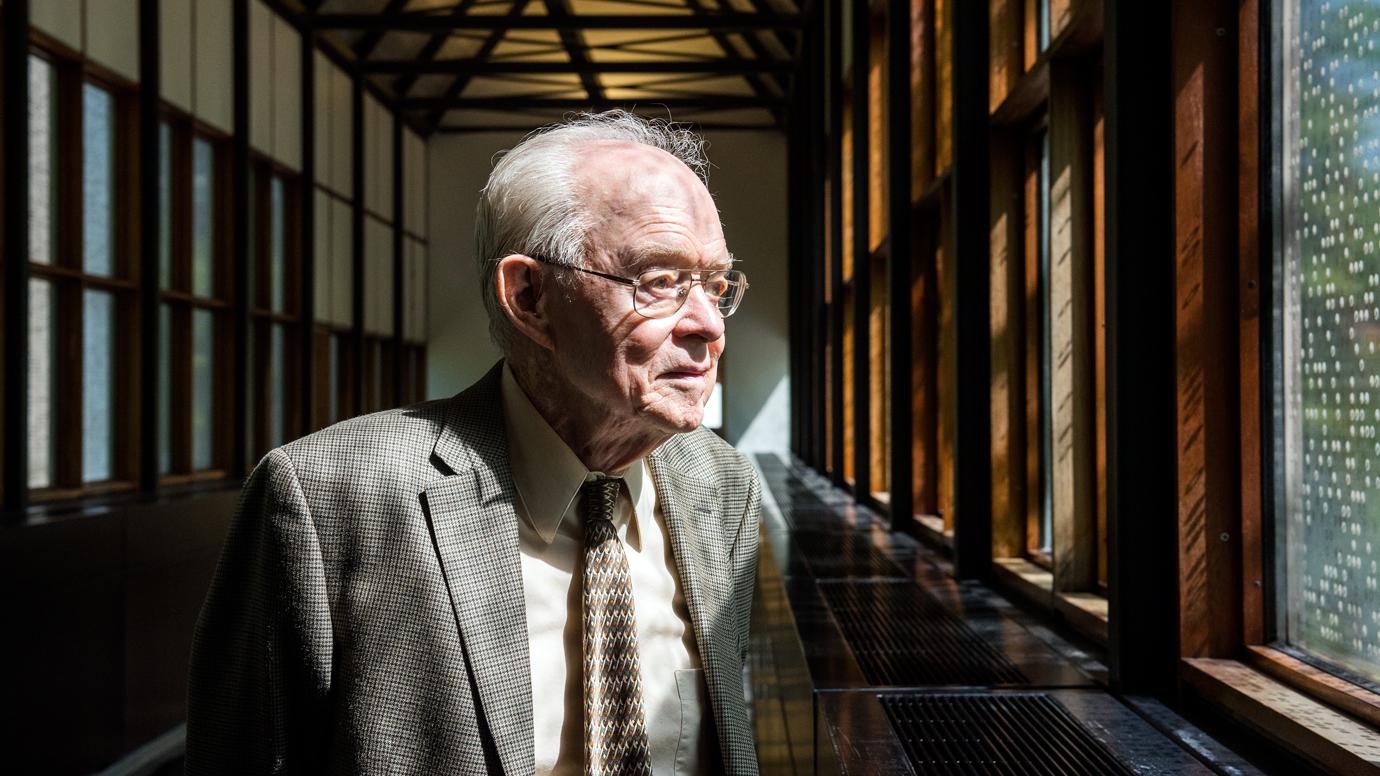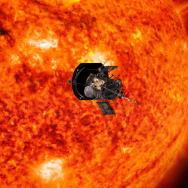Throughout its seven-year mission, NASA’s Parker Solar Probe will swoop through the Sun’s atmosphere 24 times, getting closer than any spacecraft has gone before. The spacecraft will carry more than scientific instruments on this historic journey, though; it also will hold more than 1.1 million names submitted by the public to go to the Sun.
“Parker Solar Probe is going to revolutionize our understanding of the Sun, the only star we can study up close,” said Nicola Fox, project scientist for Parker Solar Probe at the Johns Hopkins Applied Physics Lab. “It’s fitting that as the mission undertakes one of the most extreme journeys of exploration ever tackled by a human-made object, the spacecraft will also carry along the names of so many people who are cheering it on its way.”
In March 2018, the public were invited to send their names to the Sun aboard humanity’s first mission to “touch” a star. A total of 1,137,202 names were submitted online, and a memory card containing the names was installed on the spacecraft on May 18—three months before the scheduled July 31 launch from NASA’s Kennedy Space Center. The card was mounted on a plaque bearing a dedication to and a quote from the mission’s namesake, University of Chicago physicist Eugene Parker, who first theorized the existence of the solar wind.
This memory card also carries photos of Parker and a copy of his groundbreaking 1958 scientific paper. Parker proposed a number of concepts about how stars—including our Sun—give off material. He called this cascade of energy and particles the solar wind, a constant outflow of material from the Sun that we now know shapes everything from the habitability of worlds to our solar system’s interaction with the rest of the galaxy.
Parker Solar Probe will explore the Sun’s outer atmosphere and make critical observations to answer decades-old questions about the physics of stars. The resulting data may also improve forecasts of major eruptions on the Sun and subsequent space weather events that impact life on Earth, as well as satellites and astronauts in space.

A commemorative reproduction of the plaque bearing an identical memory card—minus the submitted names—was presented to Parker at the Johns Hopkins University Applied Physics Lab in October 2017 by the mission team.
"From the experience of seeing the probe up close, I understand now the difficult task you are undertaking, and I am sure you will succeed,” said Parker after visiting the spacecraft in the clean room.
—This release was adapted from an article originally posted by NASA.











